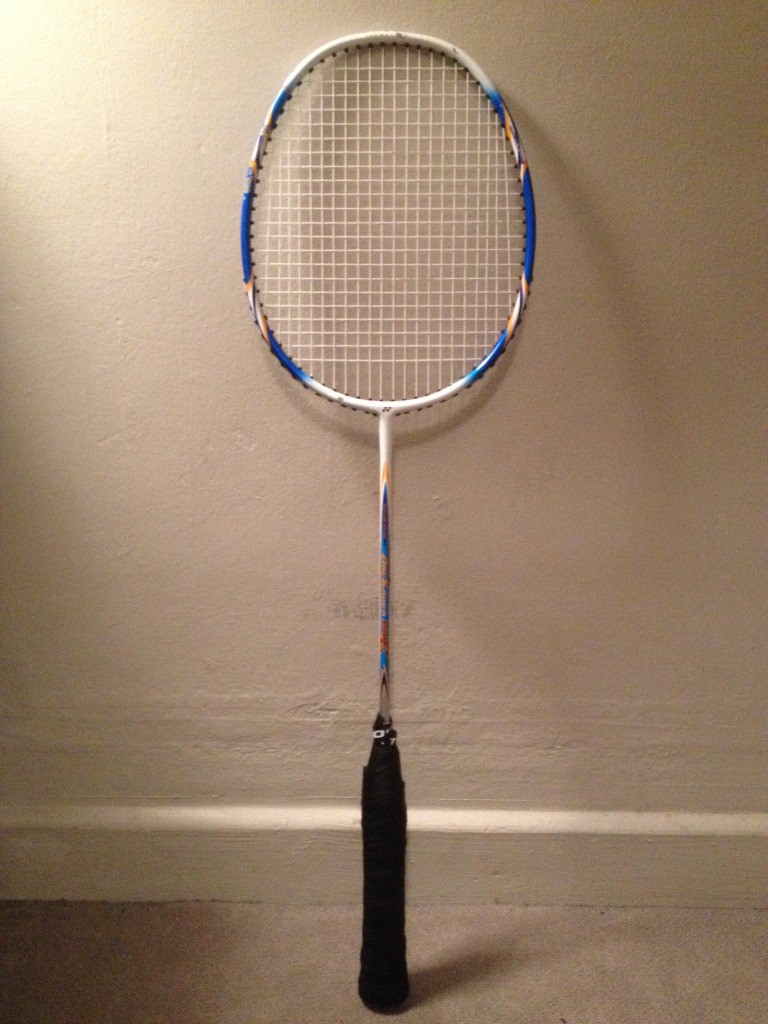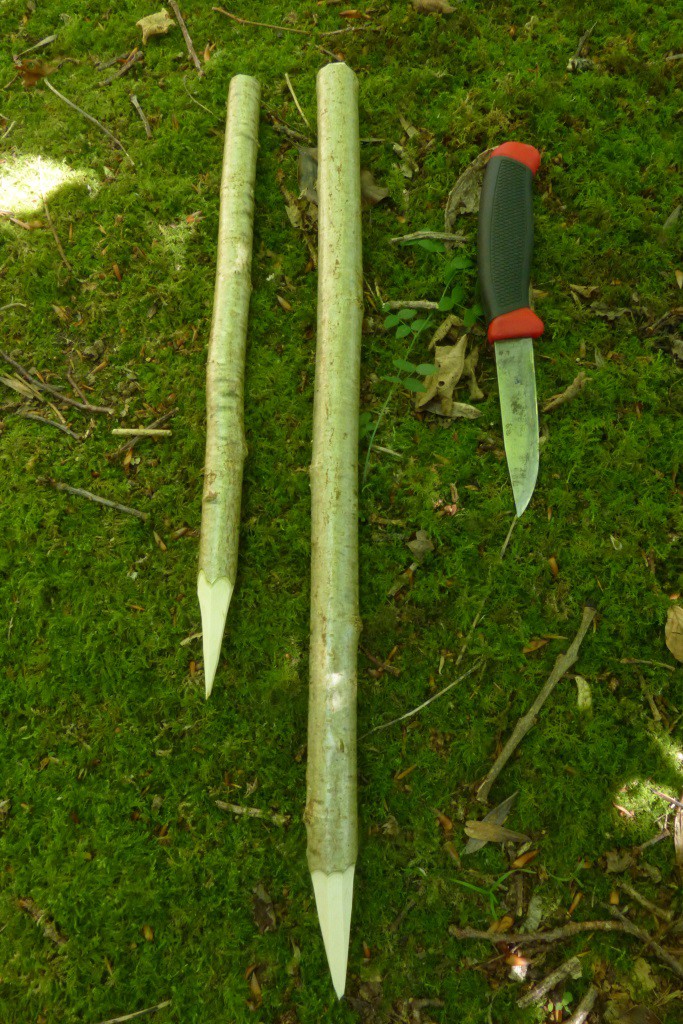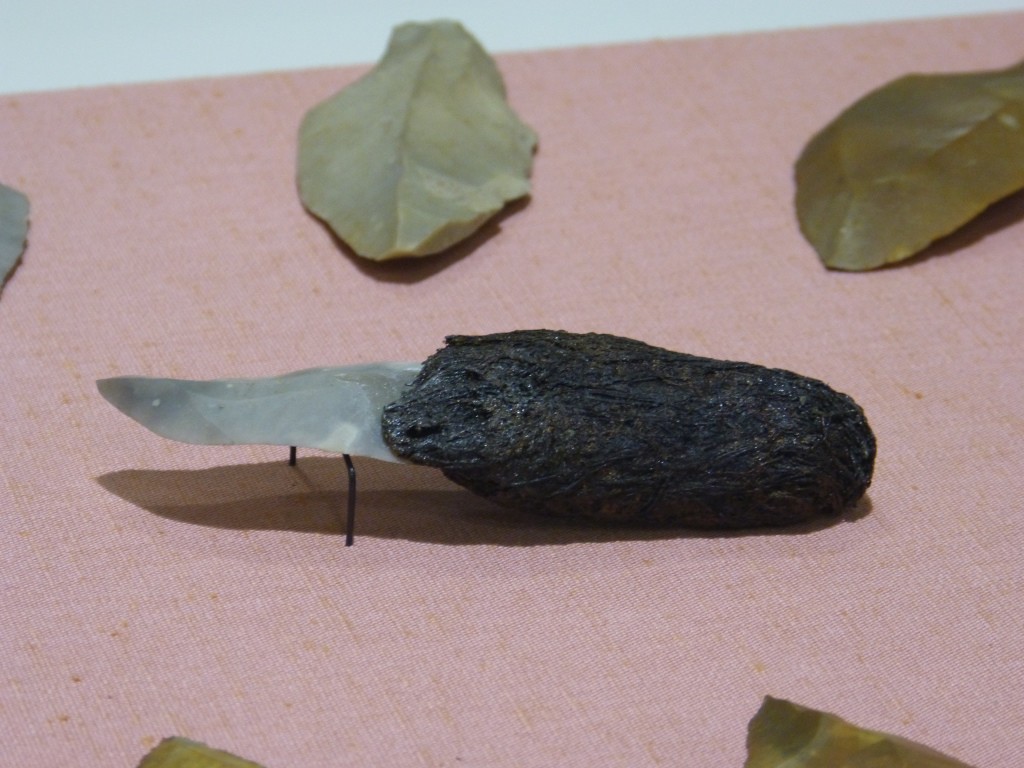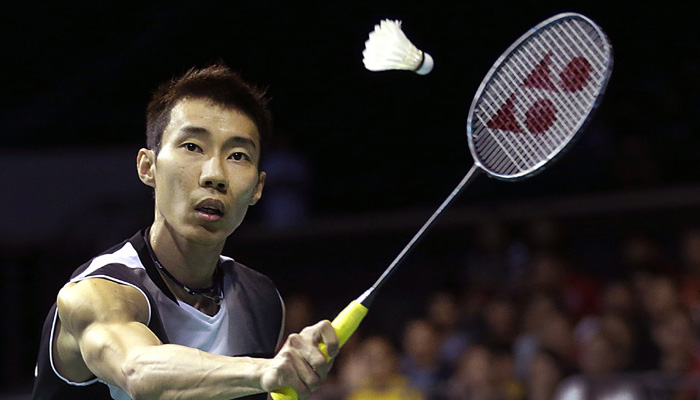By Sean Fagan

My humble, battle-tested badminton racket (Photo: Sean Fagan).
.
Anyone for Badminton?
.
Above is a photograph of my favourite badminton racket (I’m an okay badminton player, I’ve a lot to learn).
My racket is relatively inexpensive, but it’s still a good racket, and can do pretty much everything that a more expensive racket can – maybe not quite as good - but the difference is often marginal.
I also have a more expensive "high performance" racket, but have developed a good feel for my cheaper racket.
I’ve played most of my best games with this cheaper racket (I use the word best in the most relative meaning of the word).
.

A good knife, in the hands of a competent bushcrafter, should be able to perform a wide variety of outdoor tasks, such as making wooden stakes. (Photo: Sean Fagan).
.
In the above photograph is one of my favourite bushcraft knives…
It’s the very modest, non-flashy Mora Companion MG Knife (Morakniv Companion MG).
Like my favourite badminton racket, it’s inexpensive.
I have bigger knives that can do bigger things better than my Mora knife.
Conversely, I also have smaller knives that can do smaller things better than my Mora.
.
Still, it’s a great knife - as attested to the years of rigorous outdoor use I’ve put this knife through.
I believe my Mora knife strikes the middle ground very well as regards a knife that can handle both vigorous and refined tasks.
It’s a great generalist knife, that is, crucially, easy to sharpen in the field.
.
Just like my badminton racket, I’ve become very familiar with this knife over the years - and that can go a long way in building up competent knife skills.
Acquiring a feel for a tool, such as a knife, is hard to explain. You acquire an understanding of what your knife can do – and over time you develop a confidence with that knife.
It’s a good feeling, an important feeling - especially when travelling to remote regions where you must heavily rely on a knife.
.
Don't Believe the Hype!
.
Often, the difference in performance between many expensive knives and inexpensive knives is the attitude and experience of the person holding the knife.
The knives that are used by the remaining hunting and gathering tribes across the globe would be deemed laughable by many modern bushcrafters.
But such an attitude misses the point.
These resourceful and highly skilled people use their knives to keep themselves alive and well.
They know the limitations and capabilities of their knives intimately - as they are very experienced in using their knives for a wide variety of tasks.
I take, with a large pinch of sceptical disbelief, the often exasperating hype that surrounds outdoor knives.
I’m far more interested in the opinions of people with a lot of experience with bushcraft knifes - and who have the integrity to tell it like it is.
.

I wonder how many modern bushcrafters (myself included) would be able to perform bushcraft knife tasks with this Mesolithic, moss-handled, flint knife? (Photo: Sean Fagan).
.
What should a Good Bushcraft Knife be able to do?
.
In bushcraft there are some things a knife needs to do well.
But, more often than not, outdoor knife skills comes down to experience and skill.
Nevertheless, a good bushcraft knife should have the following five core qualities...
.
1. Be easy to sharpen in the field.
2. Hold a sharp edge (not brittle and easily dulled).
3. Be strong and durable (both the blade and the handle should be tough – not just the blade).
4. Be designed in such a way that it can perform all the main tasks of bushcraft with ease (e.g. preparing game and fish, splitting wood, heavy and detailed wood carving, limbing branches, etc. – the knife should be a good generalist knife).
Essentially, the knife should be well-designed, durable, and on the small side (8-10cm blade). Smaller knives often excel at both heavy and refined tasks - whereas large knives tend to be too unwieldy for refined tasks.
5. Preferably be able to easily produce large, hot sparks with a fire steel (not an essential feature but very desirable).
.
That’s pretty much it.
And that’s why I’m keeping my Mora knife – it can do all of the above tasks admirably well.
I’ll continue to dabble with other knives, and who knows I might even switch knives in the future, but it’s not a priority.
Don’t get me wrong, I love a good knife in my sheath when out and about in remote or local wild places.
.
At the risk of stating the obvious – a knife in the hands of a competent bushcrafter is a wonderfully enabling tool that is a joy to use.
Acquiring competent, outdoor knife skills require time and patience, but it’s well worth it.
Enough of this talk about knives…anyone for badminton???
.

The amazing Lee Chong Wei. Lee’s choice of badminton rackets is an important part of his success, but his great skills and experience are far more important factors in his success as a player. The same principle applies to bushcraft knives! (Photo: Wikimedia Commons Images).
.
.
Related articles on this website:
- Connecting with our Prehistoric Past
- 4 Wilderness Safety Tips
- What the Bowdrill can Teach you about Bushcraft (and life)
.
*Check me out on Instagram, Twitter & Facebook for more outdoor-related topics.

Recent Comments